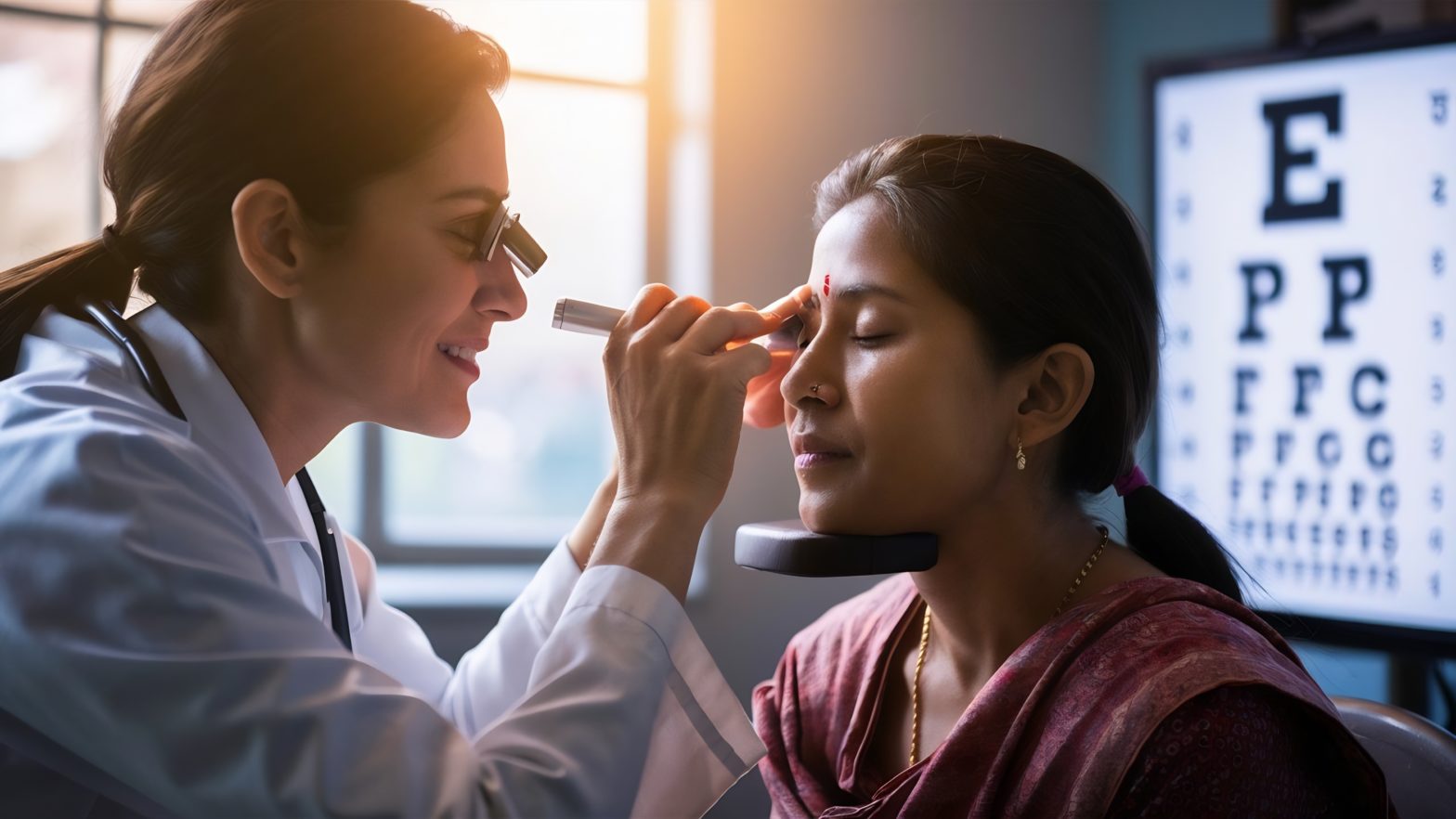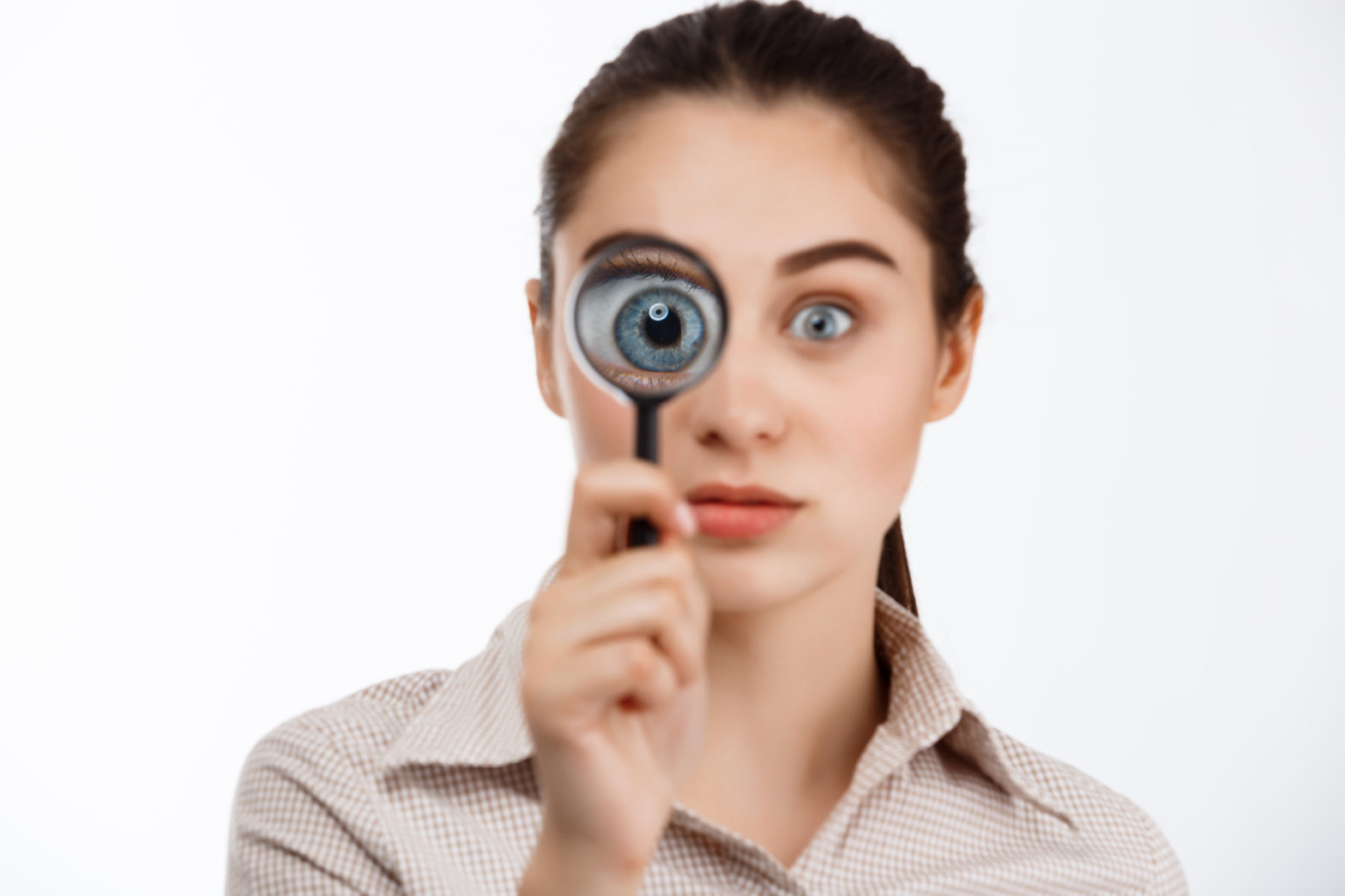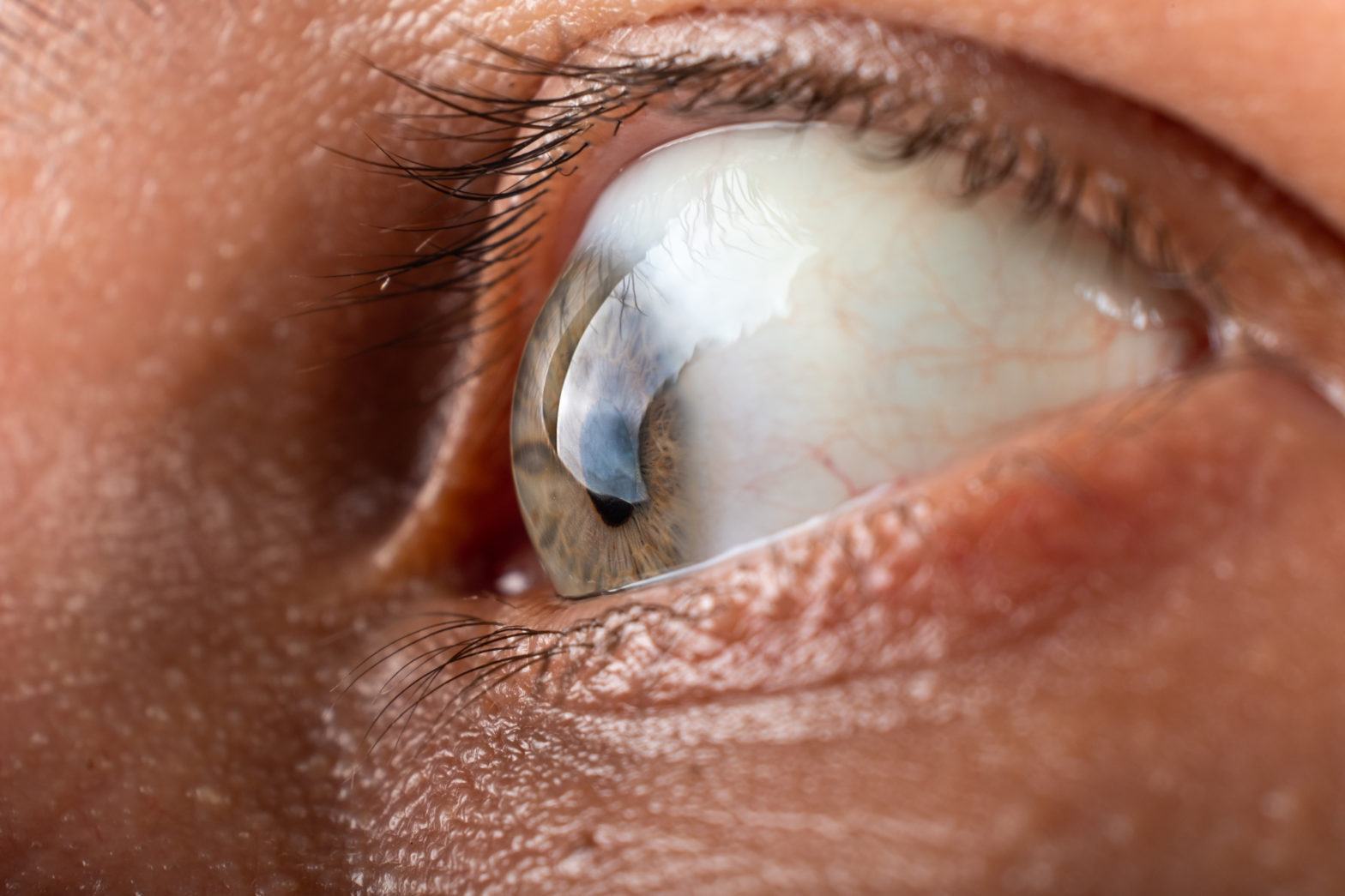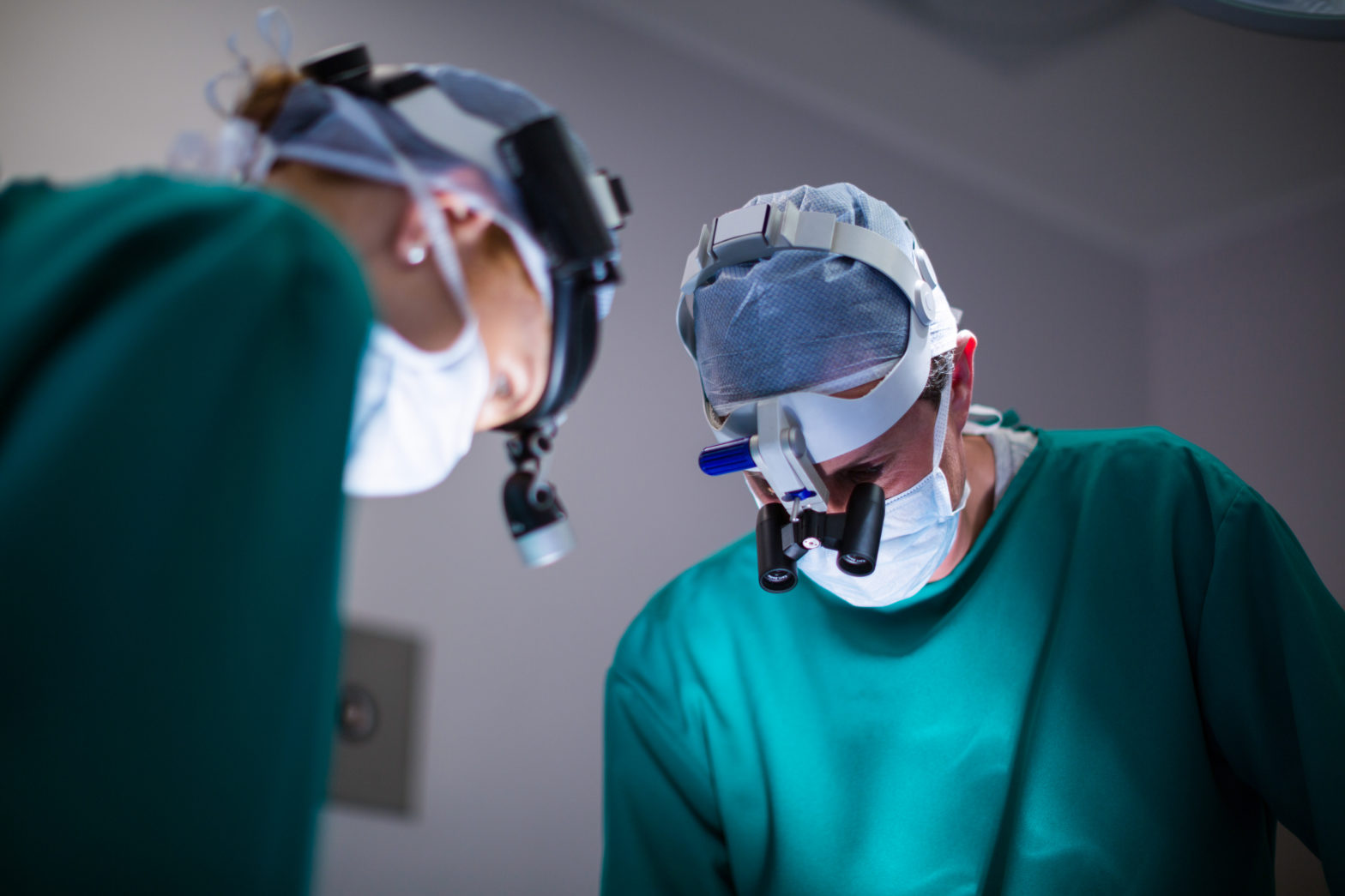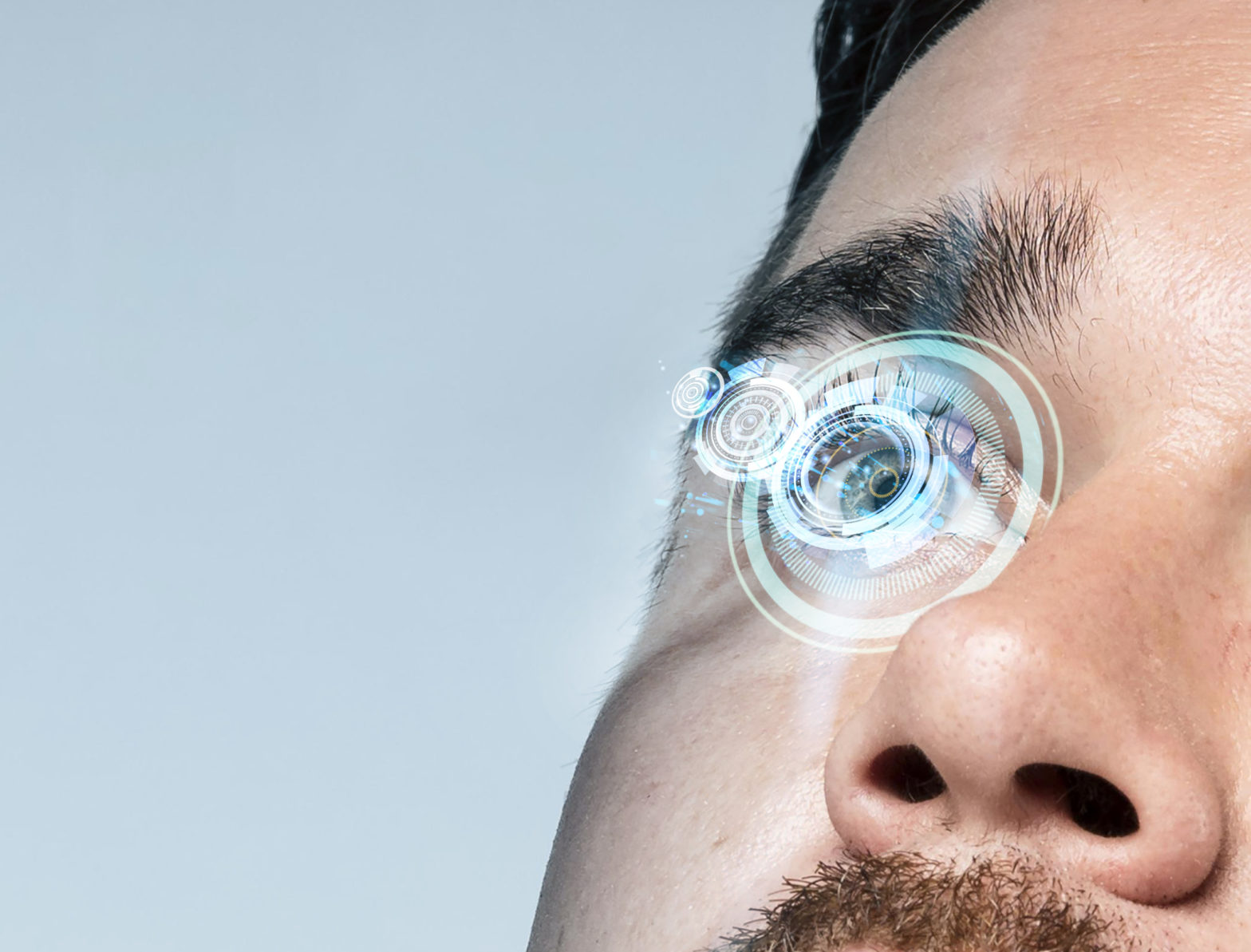India has a large population, which has already crossed the 1 billion mark with 71 million people over 60 years of age and the number of menopausal women about 43 million. Projected figures in 2026 have estimated the population in India will be 1.4 billion, people over 60 years 173 million, and the menopausal population 103 million. Average age of menopause is 47.5 years in Indian women with an average life expectancy of 71 years.
Various eye changes may occur during times of fluctuating hormone levels, such as during the menstrual cycle, pregnancy, and peri-menopause. Around the time of menopause, your eyesight may be slightly altered. Eye shape may also change slightly, making contact lens less comfortable and increasing the need for corrective lenses for reading. Other problems of the eyes common after midlife and menopause include-
Menopause and Dry Eyes
As we get older we generate fewer tears. The eyes will sting and burn as a result and feel uncomfortable because of the dryness. This will result in visual disturbances. Dry eye is a chronic ocular surface inflammatory disease.
What are the symptoms of dry eye in women?
The symptoms are common and may include:
- Blurry vision
- Itching and irritation
- Burning sensation
- Dry or gritty sensation in the eye
- Sore and tired eyes
- Red eyes
Treatment of dry eye
- Treatment can include one of the following or a combination of depending on the severity of the ocular surface inflammation:
- Artificial tears to supplement tears temporarily.
- Warm compresses to the eye to open oil producing glands on the eyelid margins.
- Eyelid scrubbing to decrease lid inflammation thus allowing healthy oils to be secreted from the lids to help create a healthy tears film.
- Drink more, stay hydrated.
- Omega 3 supplements; either flax seed oil or fish oil, between 1000 mg -3000 mg a day.
- Restasis; a cyclosporine eye drop to treat inflammation and help the body produce more of its own tears.
- Some doctors may recommend hormonal therapy for women experiencing early menopause symptoms
Age-Related Vision Problems
Women who are menopausal are generally in their 40s or 50s, and this is about the same time that vision problems start to occur. Middle-aged women tend to develop presbyopia, which means that you can no longer focus on close-up objects. This condition will get worse as you age.
Migraines and Headaches
When a woman has a headache, this will cause visual disturbances including sensitivity to light. Some migraine sufferers see an aura. Migraines are apt to happen when a woman is ovulating. Once she is in menopause and no longer ovulating there is a good chance that her incidence of migraines and visual disturbances will decline.
Thyroid related eye problems
Thyroid issues frequently crop up during menopause. If you are also experiencing swelling of your arms and legs, weight fluctuation, loss of hair from your eyebrows and eyelashes and neck pain, along with visual disturbance, this may indicate that you have a thyroid-related problem.
Other eye problems
Glaucoma which increases in likelihood with each decade after the age of 40. Many suffer from macular degeneration, which can lead to blindness. If you are a diabetic, which is a condition that may first pop up during menopause, you can develop diabetic retinopathy, which is a vision-threatening disease.
As a midlife woman, know that aging brings increased risk for several eye diseases. Regular eye check-ups are vital in finding eye disease early, when problems are often easier to treat. With any serious eye condition, consulting an ophthalmologist is recommended.
